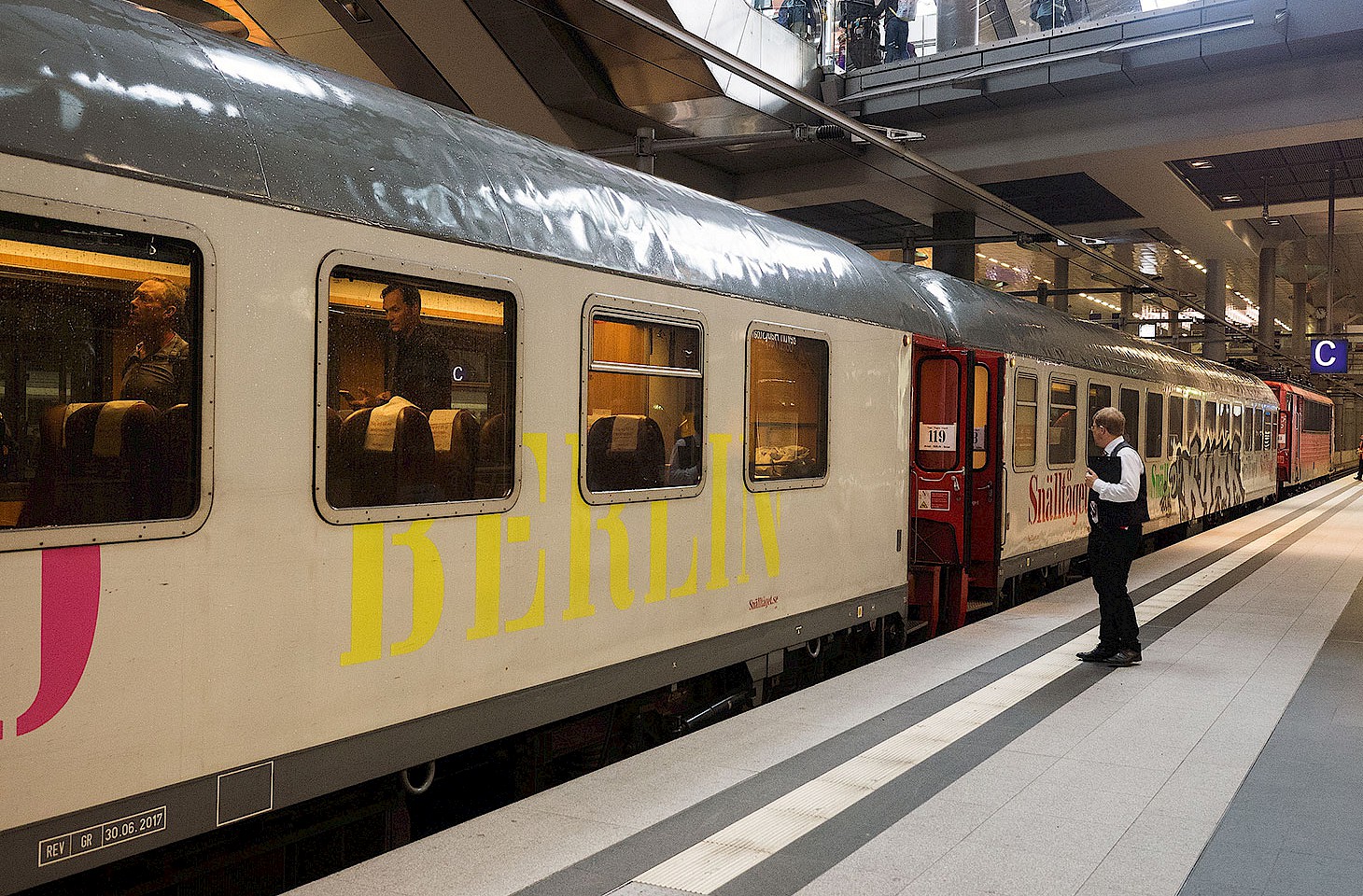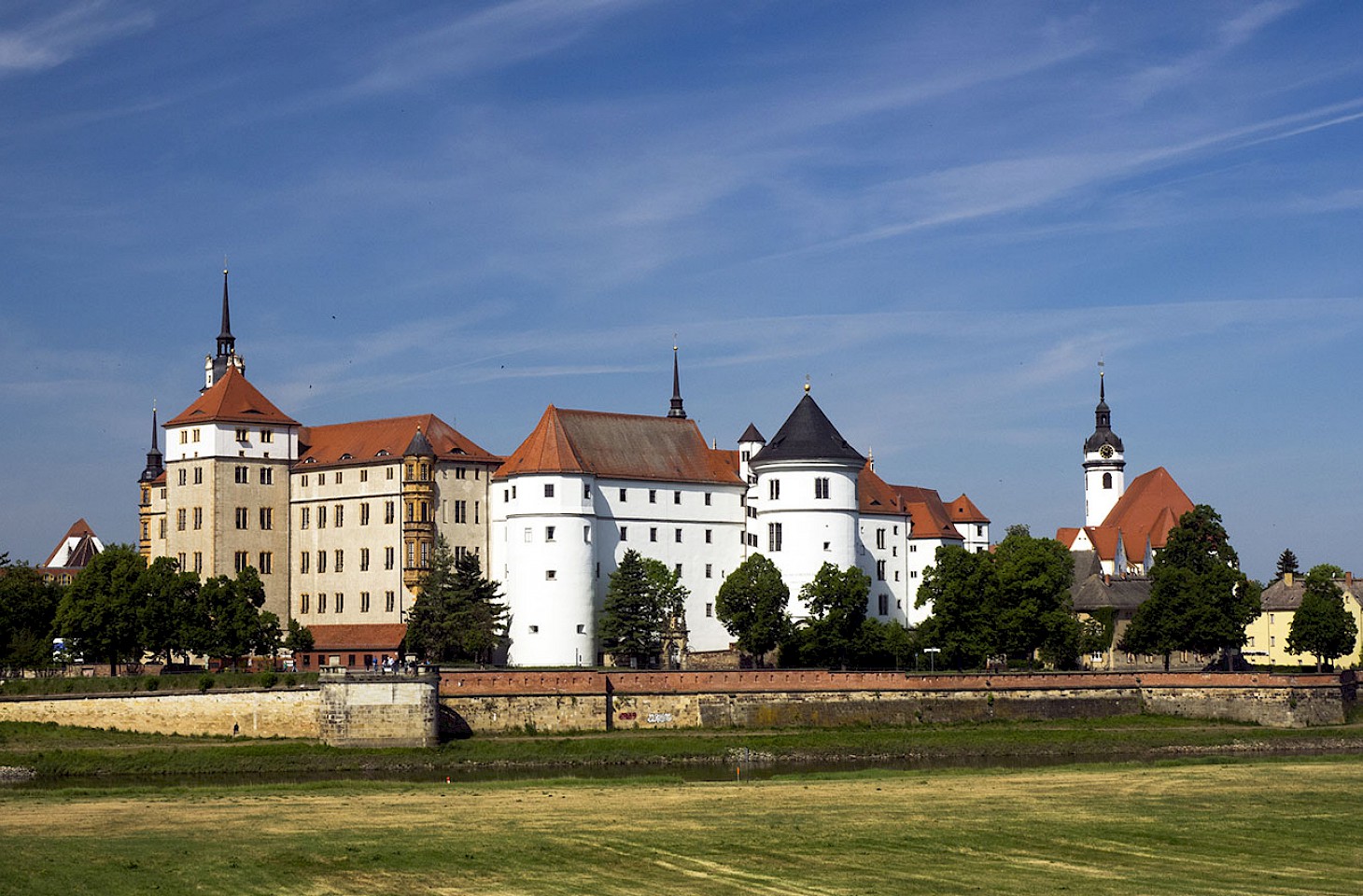It was 60 years ago in 1959 that a rail industry executive called Pierre Le Bris had a canny idea which turned into a hugely successful programme that still runs today. Pierre was a trains man. During the 1950s he worked as an overseas manager of the French national rail operator SNCF, initially based in New York and later in San Francisco, where he slipped easily into the life of the French disapora in and around the Bay Area.
Pierre was born in Nice, had spent part of his childhood in French Indo-China before returning to high school in the Rhône Valley and then entering the naval academy at Brest. In the Second World War he fought with the Allies, serving in the naval division of the Free French Forces.
From his work with SNCF, Pierre realised that the complexities of European rail ticketing were a major stumbling block for North Americans who travelled on ocean liners to Europe with the intention of then continuing their journey by rail. The shipping companies could issue a boat-train ticket, typically from Le Havre to Paris, but then the new arrivals were on their own. SNCF’s offices in North America, often working in partnership with Rail Europe Inc, provided advance tickets for those who knew exactly where they wanted to go, but many travellers making a once-in-a-lifetime trip to Europe craved flexibility.




